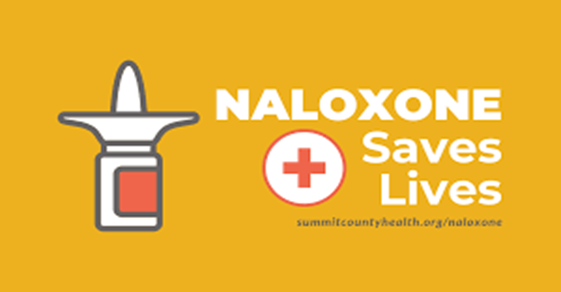Clark County Public Health (CCPH) Harm Reduction Syringe Services Program works to empower individuals with the training and tools needed to prevent overdose deaths. CCPH educators teach people from all backgrounds how to prevent, recognize and respond to an opioid overdose.
CCPH offers two types of overdose prevention, recognition, and response education, which includes training on the administration of naloxone. Naloxone is a lifesaving drug that reverses the effects of opioids for overdose victims.
Naloxone training for individuals
- 10-minute basic training provided in-person at the Clark County Public Health Harm Reduction Center.
- This service is available to all community members. No appointment is necessary.
- All training participants complete a confidential training form, and may receive a free naloxone kit, if available.
- Harm Reduction Center location and hours of operation.
How to get naloxone
Vending machines: Get free naloxone from vending machines in Clark, Skamania and Klickitat counties. Find vending machine locations on the Southwest Washington Accountable Community of Health (SWACH) website.
Delivered to your home: In Washington state, individuals can order free naloxone online and have it delivered to their home. Find links to order and more information at stopoverdose.org.
Pharmacy without a prescription: Under Washington’s statewide standing order anyone can obtain naloxone directly from any pharmacy that carries it. You can get naloxone directly from a pharmacist without first seeing a provider.
Call ahead to confirm naloxone availability, cost, and insurance coverage. Pharmacies may carry only one form of naloxone (such as intramuscular or intranasal) or may need to order it for you.
Pharmacy with a prescription: Any prescriber can write a prescription for naloxone and any pharmacy can fill that prescription.
Using naloxone
Naloxone is a medication that can save lives by reversing the effects of an opioid overdose.
Opioids are substances that reduce pain and with high doses suppress breathing. Some opioids are methadone, Oxycontin®, Vicodin®, and illicit drugs like heroin and fentanyl.
Naloxone can be administered nasally using Narcan® or intramuscularly.
Washington’s Good Samaritan Law provides some protection when calling 911 to save a life — even if drugs are at the scene. (RCW 69.50.315).
You should give naloxone to anyone who has taken drugs and may be overdosing. Someone who is overdosing may stop breathing or their breathing may be slow and labored.
Act fast! An overdose is life threatening. Give naloxone even if you do not know what kind of drugs a person took. Naloxone will only work on opioids, but there is no harm if they took a different kind of drug.
It is safe to respond to fentanyl overdose
A fentanyl overdose can be reversed! In most cases, you cannot know if someone has used fentanyl. Take the same steps as you would with any suspected opioid overdose.
There have been no confirmed cases of overdose among bystanders or professional first responders who responded to a fentanyl overdose. You can’t overdose on fentanyl by touching it, and fentanyl is unlikely to become aerosolized and cause overdose.
Learn more about fentanyl and secondhand fentanyl exposures:
Additional resources
- Overdose response instructions (Russian) (Ukrainian) (Vietnamese) (Spanish) (Chinese)
- Opioid Overdose Risk Factors (Spanish) (Russian) (Ukrainian) (Chuukese)
- Save a Life: Use Naloxone for a Drug Overdose (Spanish) (Russian) (Ukrainian) (Chuukese)
- Fentanyl & Synthetic Opioids (Spanish) (Russian) (Ukrainian) (Chuukese)
- Xylazine Risks (Spanish) (Russian) (Ukrainian) (Chuukese)
- Kratom Risks (Spanish) (Russian) (Ukrainian) (Chuukese)
- Stopoverdose.org
- WA Poison Center 1.800.222.1222
- Never Use Alone 1.800.484.3731 (Spanish Line: 1.800.928.5330)
- Brave App
- Washington State Health Care Authority: Opioid Overdose Prevention & Directions for Naloxone Use
- Center for Community-Engaged Drug Education, Epidemiology, and Research
- Clark County Opioid Settlement Funding
